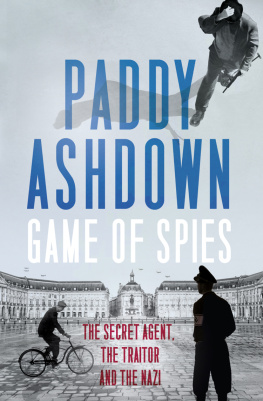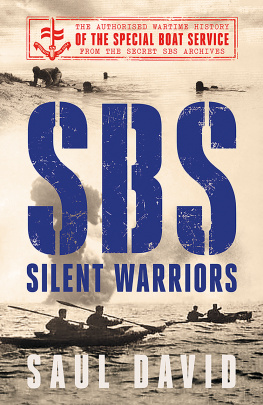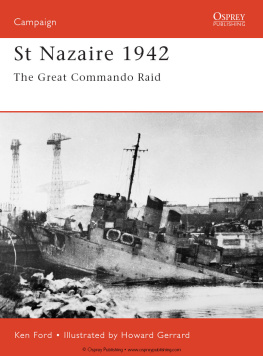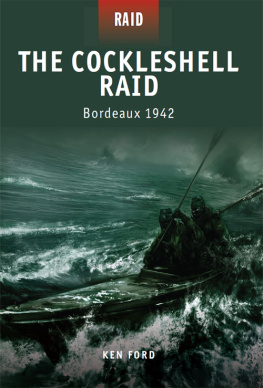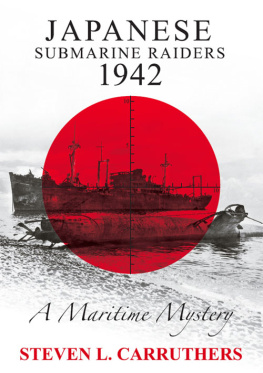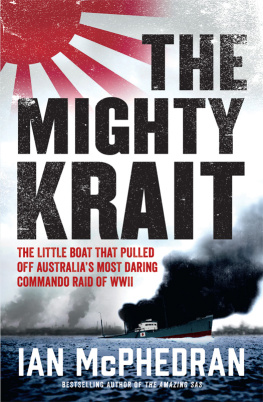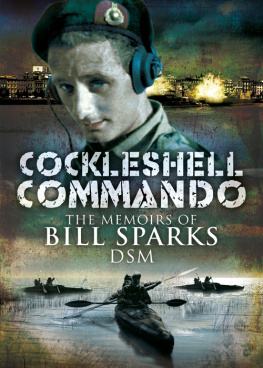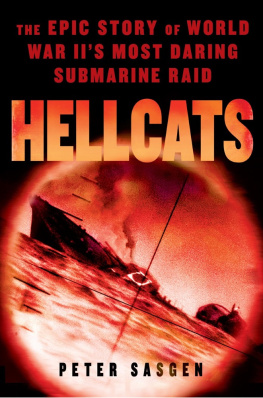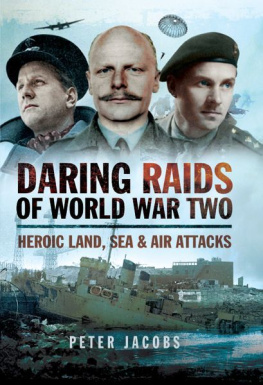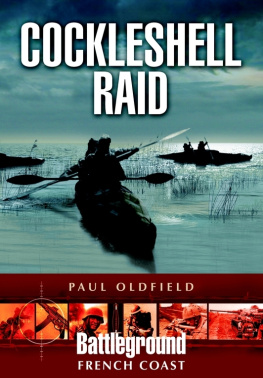A Brilliant Little Operation
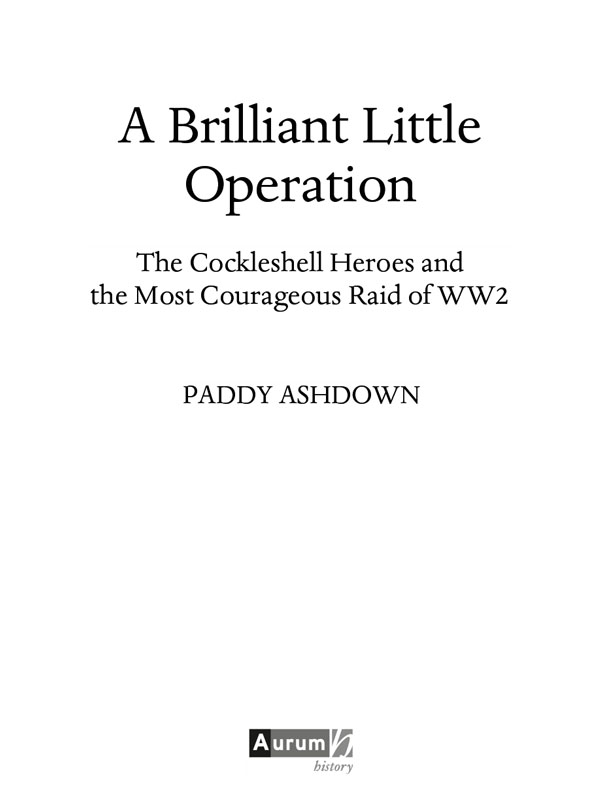
Barbed wire enclosed an arbitrary spot
Where bored officials lounged (one cracked a joke)
And sentries sweated for the day was hot:
A crowd of ordinary decent folk
Watched from without and neither moved nor spoke
As three pale figures were led forth and bound
To three posts driven upright in the ground.
The mass and majesty of this world, all
That carries weight and always weighs the same
Lay in the hands of others; they were small
And could not hope for help and no help came:
W.H. Auden, The Shield of Achilles
It is the plain truth which will be denied by no honest person inside our various propaganda organisations, that most of the energy which should have been directed against the enemy has been dissipated in inter-departmental strife and jealousies.
Minute of 22 August 1941 from Bruce Lockhart to Anthony Eden, Minister for War and Foreign Secretary
This book has been part labour of love, part homage to the young men who paddled into the Gironde in December 1942 and the French men and women who helped them and part a means to return thanks to my old unit, the Royal Marines Special Boat Service. It has also been a journey of revelation in the joy of discovery as I have attempted to unearth the full story of the extraordinary Frankton raid and the people who played a part in the events which took place on and around the Bordeaux quays during the nine months from August 1942 to April 1943.
Much of this story has been hidden in files now open for public scrutiny in that national treasure, the National Archives in Kew. I have spent many long and absorbed hours there and am immensely grateful to the staff who were so unfailing in the helpfulness and patience with which they responded to my pestering and inexperience, especially Neil Cobbett, expert on SOE, and William Spencer, principal military specialist. I am also grateful to Jim Daly and Christine Ferguson of the FCO Information Management Department, who helped me access files which would otherwise not yet be open to public scrutiny; to Dr Roderick Bailey, Stephen Walton, Matthew Lee and their colleagues at the Imperial War Museum for access to their sound and film archives; to Richard Wooldridge, who with his staff facilitated my several visits to his remarkable Combined Services Military Museum at Maldon in Essex. It was here that we made the first tentative identification of the Mark II Cockle in the museum as Cachalot, the canoe which was damaged and left behind on HM Submarine Tuna on the night Operation Frankton was launched; to Boris Pretzel of the V&A Museum for his assistance in obtaining the services of Paul Garside of the British Library, who helped carry out initial tests on Cachalot; to Emma Schmuecker of the Imperial War Museum for facilitating the involvement of Dr Sonia OConnor, Archaeological Sciences Division of the University of Bradford, who with her university colleague Lucy Martin (together with husband Alan and baby Freddy) and Nathan Bradley of 3DX-Ray Ltd of Loughborough spent a long afternoon making the X-ray and photographic images of Cachalots paintwork.
Museums and archives have been, rather unexpectedly, a most enjoyable part of my life in the nearly two years it has taken me to write this book. Not all of these have been in London, or even in Britain. Matt Little, archivist of the Royal Marines Museum at Eastney, Portsmouth has gone out of his way to provide me with advice and invaluable reference material, as has George Malcolmson, archivist of the Royal Navy Submarine Museum in Portsmouth. The assistance of Andy Godfrey, head of the Navy Disclosure Cell at Whale Island, was crucial in obtaining the service records of Haslers men, as was that of Lieutenant-Colonel Norman Bonney, who provided me with information on the history, development and operation of the limpet mines used on Operation Frankton.
I am indebted, too, to General Gilles Robert, Lieutenant-Colonel Christophe Poujol, Andr Rakoto, Pascal Gallien, Odile Jurbert and Franois-Xavier Guenot of the Service Historique de la Dfense at Chteau de Vincennes in Paris for their kindness and courtesy during my visits there, and to Jean-Marie Linsolas, the Chef du dpartement interarmes du Bureau de la Rsistance of the Service Historique de la Dfense, and Bernard Mouraz of the French Gendarmerie archives for their work in uncovering the file of Gendarme Pierre Hennequin. Colonel Michael J. Haller, the Military Attach of the German Embassy in London, his colleagues Dr Sabine Dumschat and Mrs Jana Blumberg of the Bundesarchiv in Berlin and Arne Schrader, Daniel Hauser and Ms Kalbhenn of the Volksbund Deutsche Kriegsgrberfrsorge (German War Graves Commission) have, together with Simon McDonald, the British Ambassador in Berlin, all been of great assistance in facilitating my attempts to find the graves of those executed by the Germans after the Frankton raid. As have douard Vergrite, Conservateur of the Bagneux cemetery archives and Pascal- Herv Daniel, Chef du Service Cimetires in Paris. Peter Monte and Horst Bredow kindly provided access to the Walter Schnppe Collection of documents and photographs held at the German U-Boat Museum in Cuxhaven, many of which appear in this book, and Peter Lieb has kindly provided advice and checked the German texts.
One of my hopes was to be able to reconstruct with accuracy the precise tidal, hydrographical, astronomical and meteorological conditions which prevailed in the Gironde area over the period of Operation Frankton and the following days. In this I have been especially assisted by Dr Steve Bell, Guy Hannaford, Christopher Jones, Tim Smith and their colleagues at the UK Hydrographic Office in Taunton, Joan Self and Mark Beswick of the National Meteorological Archive in Exeter and Captain M.K. Barritt RN, retd, an ex-Chief Hydrographer of the Royal Navy. My old Royal Marine colleague Ewen Southby-Tailyour, the author of Blondie, Haslers biography (among other excellent books on military history), has been most generous in providing me with his thoughts, based on personal experience, on the hydrographic conditions in the Gironde estuary, and in providing corrections and useful pointers on a wide variety of matters, not least the complex character of Blondie Hasler himself.
I am also much indebted to four old colleagues who joined the Royal Marines in the same year as I did: Peter Cameron, Jake Hensman, Mike Hodder and Brian Mollan. In 1960, they followed the Frankton route (the first after Blondie to do so) all the way from Le Verdon to Ruffec. At that time nearly all the main players in the story were still alive. The report they wrote, which is held in the Royal Marines Museum, Eastney, has proved an invaluable source of information, witness testimony and photographs.
While my background gave me reasonable personal knowledge of the Royal Marines and canoe-based operations, I started from a position of near-perfect ignorance on the second major strand of this story: SOE and especially its circuit in Bordeaux, the Scientist network. Here I have been helped immensely by, among others, the doyen of SOE historians, the late and much-missed Professor M.R.D. Foot, himself a Combined Operations officer during the war, who was kind enough, even when writing his own book, to spare time to read and correct key passages of mine. Noreen Riols, who was an SOE operative at its finishing school in Beaulieu and an author in her own right, also helped in this way as well as introducing me both to Clothilde Blanc, who provided fascinating insights into the character and history of the de Baissac family (especially Lise), and to Marcel Jaurment-Singer,
Next page

